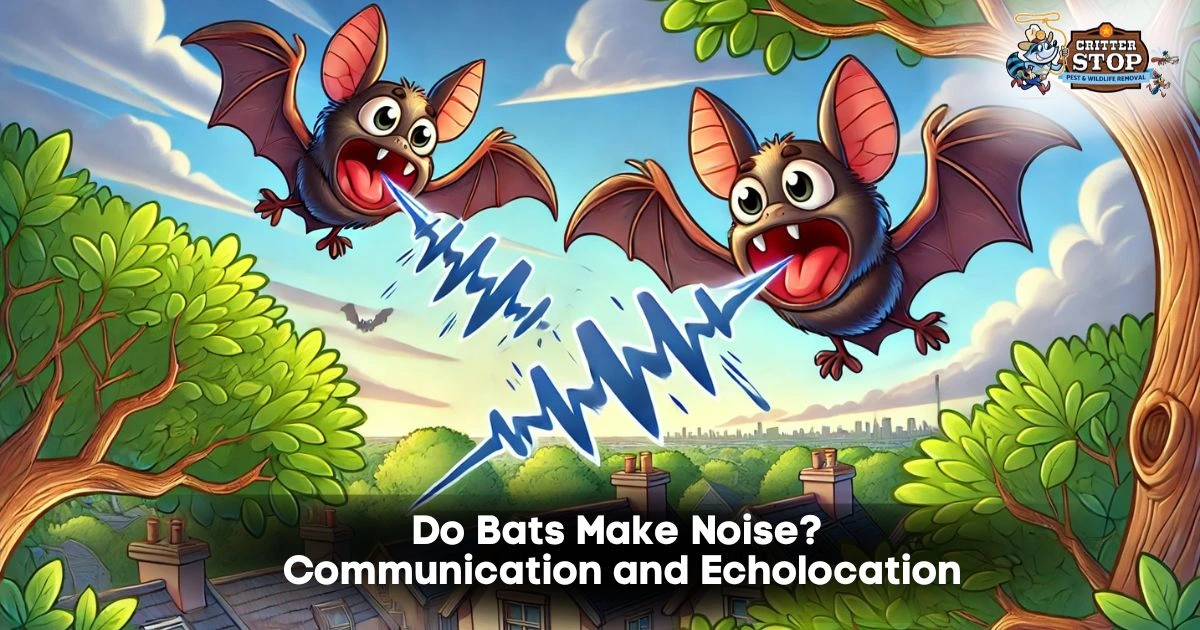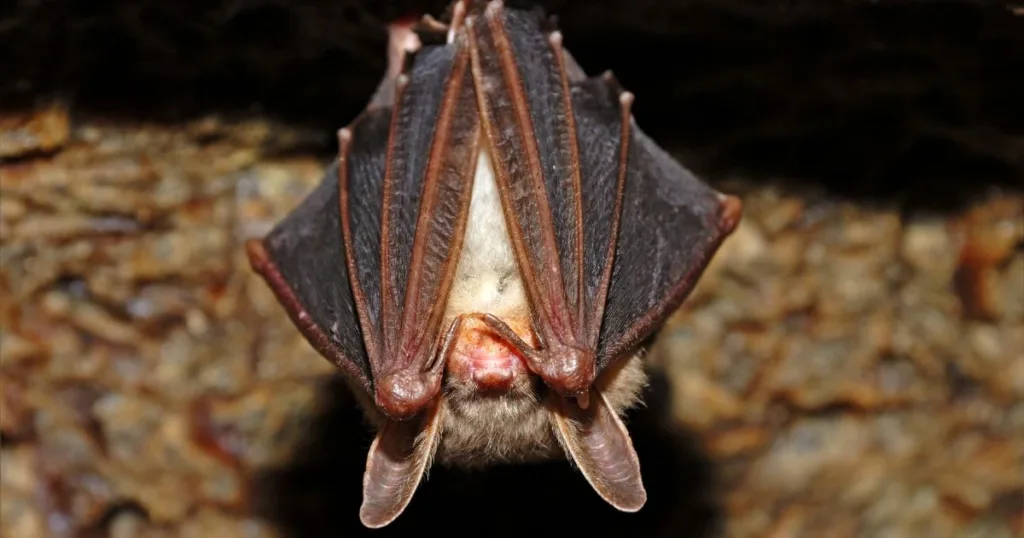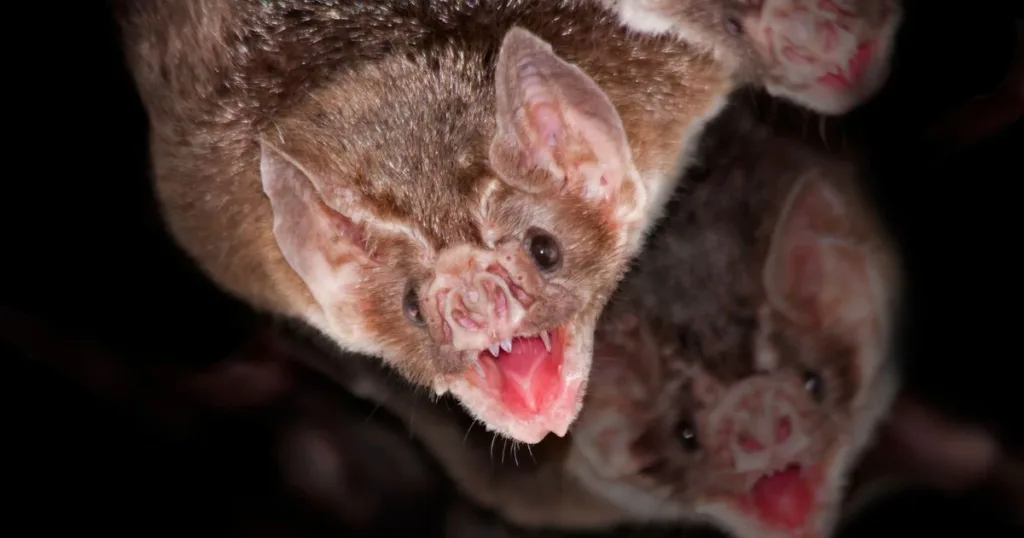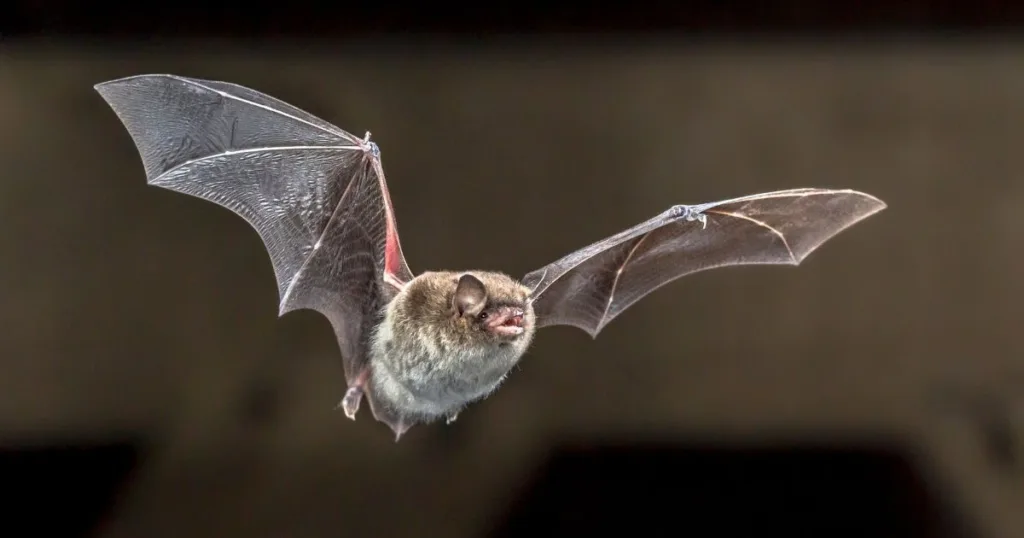
Bats are fascinating creatures that play significant roles in our ecosystems. When you think about these nocturnal animals, you might wonder: Do bats make noise?. Bats make noise through echolocation, which they use for navigation and hunting in the dark.
These sounds vary widely, from high-pitched undetectable calls to the human ear to more noticeable vocalizations. While some bats are relatively silent, others communicate through various sounds, including clicks, whines, and chirps, which serve different purposes, such as mating or territorial defense.
As you explore this topic further, you'll uncover the remarkable world of bat communication and their unique adaptations. Understanding how bats vocalize not only highlights their intelligence but also sheds light on their ecological importance.

Bats produce a variety of sounds for communication and navigation. Understanding these vocalizations helps you appreciate their complex behavior and social interactions.
Bats are known for their diverse vocalizations. They can emit sounds such as echolocation calls, social calls, and alarm calls.
Bats are primarily nocturnal, which means they are most active at night. You can often hear their vocalizations during this time, especially in areas with large populations.
You may notice a chorus of sounds as different species communicate as they hunt for food. Their vocal activity peaks around dusk, coinciding with their feeding patterns.
Bats use echolocation and other vocalizations to interact with their environment at night. This nighttime activity is essential for survival, enabling them to navigate, find food, and avoid predators.

Bats are unique creatures that utilize echolocation for navigation and hunting. This biological sonar enables them to perceive their environment and locate prey in flight.
Bats produce sounds through their larynx, emitting high-frequency calls beyond human hearing. These sounds travel through the air, bounce off objects, and return to the bat’s ears.
The bat interprets the returning echoes, determining nearby objects' distance, size, and shape. This ability helps them avoid obstacles and find food.
Bats can adjust the frequency and intensity of their calls based on their surroundings. This adaptation enhances their echolocation efficiency, allowing for precise hunting and navigation in complete darkness.
When bats fly, they are capable of agile maneuvers. Their wing structure, comprised of thin membranes stretched over elongated finger bones, allows for speed and precision.
Bats can fly at various altitudes to optimize their echolocation. During flight, they continuously emit calls to maintain awareness of their surroundings.
Research indicates that different bat species produce distinct noises while flying, which aids communication. These sounds can facilitate social interactions or territory defense.
Bats' combination of echolocation and skilled flight makes them highly effective nocturnal hunters. Their ability to navigate swiftly through complex environments showcases their evolutionary adaptations.

Dealing with bats requires a careful and respectful approach. These creatures play a vital role in the ecosystem, but if they invade your space, you need effective strategies.
1. Identify the Issue
First, determine if bats are indeed present. Listen for the sounds they make when they fly, which include squeaks and chirps. Spotting droppings can also help confirm their presence.
2. Avoid Contact
Do not attempt to handle bats directly. They may carry diseases, and their bites can be harmful. Maintain a safe distance and observe their activity.
3. Seal Entry Points
Inspect your home for gaps or holes. Bats can enter through small openings. Use materials like caulk or steel mesh to seal these potential entry points.
4. Use Deterrents
Consider using ultrasonic devices that emit sounds that are discomforting to bats. These sounds can encourage them to leave without harming them.
5. Seek Professional Help
If bats are persistent, it may be time to contact wildlife removal experts. Critter Stop, for example, offers humane solutions for bat removal. Their experienced team can inspect thoroughly and provide practical strategies for keeping bats away.
Critter Stop has received positive reviews online due to its commitment to quality work and customer satisfaction. For a free inspection, call (214) 234-2616.
Bats are known for a variety of sounds they produce during their activities. These noises significantly affect their navigation, communication, and foraging habits.
Yes, bats do make noise while they are active in their roosts and during flight. They communicate using various vocalizations, including squeaks, clicks, and other calls that help maintain social bonds and coordination.
During echolocation, bats emit high-frequency sounds, usually beyond human hearing. These sounds bounce off objects, allowing bats to detect their surroundings and navigate effectively. The returning echoes provide information about the size, distance, and shape of obstacles or prey in their environment.
While many bats fly silently, some species produce sounds during flight that can be barely audible to humans. These sounds are typically clicks or chirps associated with echolocation. However, the high frequencies used in echolocation often remain inaudible to the human ear.
Bats do make noise at night while foraging. They often use echolocation clicks to locate prey, including insects or fruit. Additionally, social calls may be produced as bats communicate with each other while searching for food.
Many bat calls are ultrasonic, meaning they are higher than the range of human hearing. However, some bats produce sounds audible to humans, particularly during social interactions or mating calls. These loud sounds vary by species, ranging from squeaks to more complex vocalizations.
Visit our Critter Library and learn more about our furry friends